4 Hz Frequency: Relax and Access Subconscious Mind
4 Hz is great to listen to as you meditate or work with affirmations since it is associated with the subconscious mind.
It is also associated with the following claimed benefits:
- Enkephalins release - Like endorphins, these are chemicals the brain generates that can serve as natural pain killers.
- Catecholamines release - vital for memory & learning
- Subconscious problem solving
- May help chronic fatigue
4 Hz falls with the theta wave range (4-7.9 Hz). Theta waves are associated with:
- Sleep
- Relaxation
- Meditation
- Subconscious mind
- Intuition
- Memory and learning
- Creative thought and visualizations
- Reduced stress and anxiety
4 Hz Binaural Beat Frequency Pure Tones:
↑ Pure-tone binaural beat with carrier frequency of 105 Hz
↑ Pure-tone binaural beat with carrier frequency of 136.1 Hz
4 Hz Frequency with Ambient Nature Backgrounds:
↑ Soft rain sounds background
↑ Forest rain sounds background
↑ Ocean waves on the beach background
↑ Forest storm background with lots of bird sounds, rain and rolling thunder
↑ Crackling fire near a creek
↑ Underwater ambient background
4 Hz Binaural Beat with Music
If you would like to listen to 4 Hz in even more ways, check out the music track previews below. Full 15 minute mp3s are available to purchase and download on my Etsy store (click the button below) :)
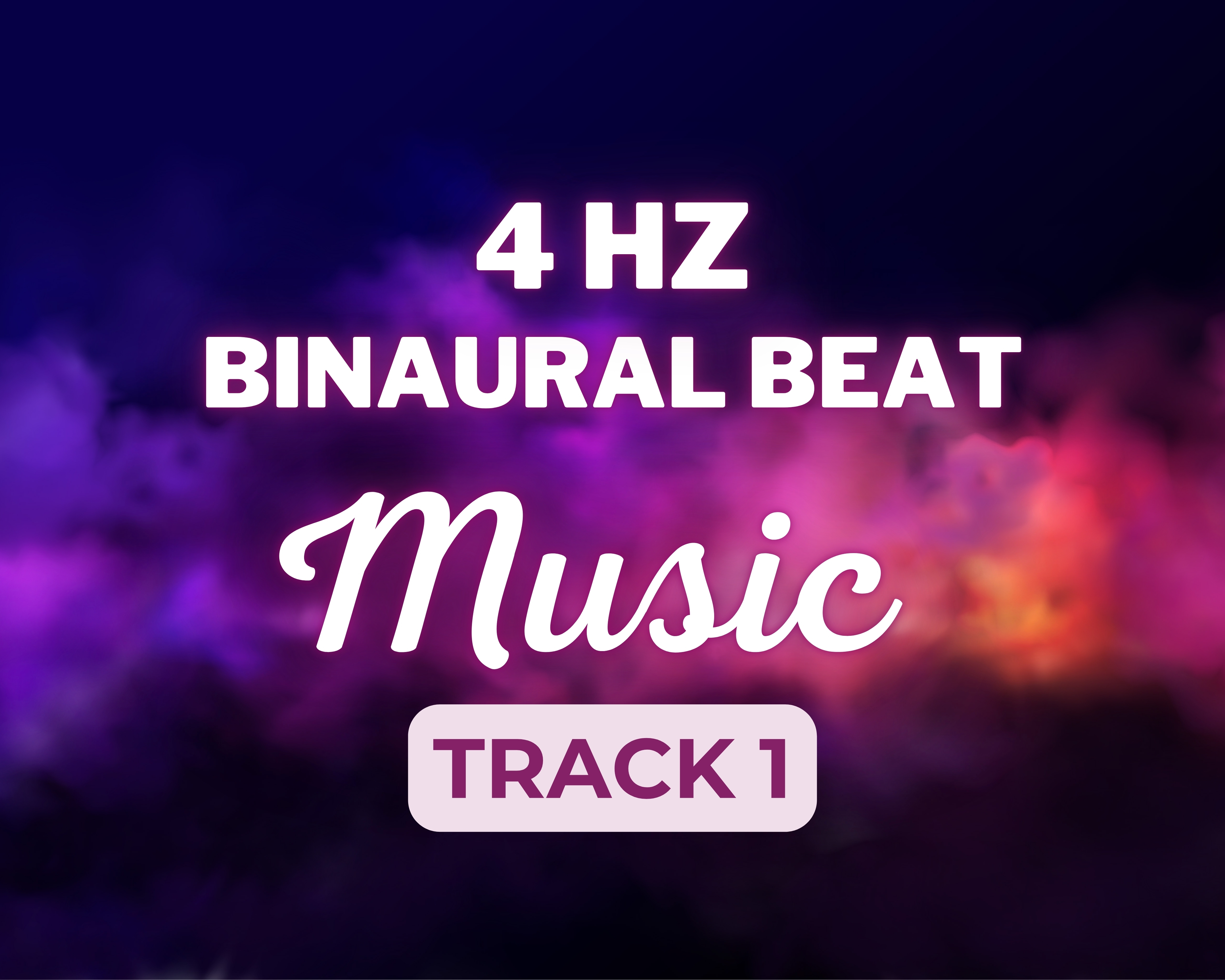
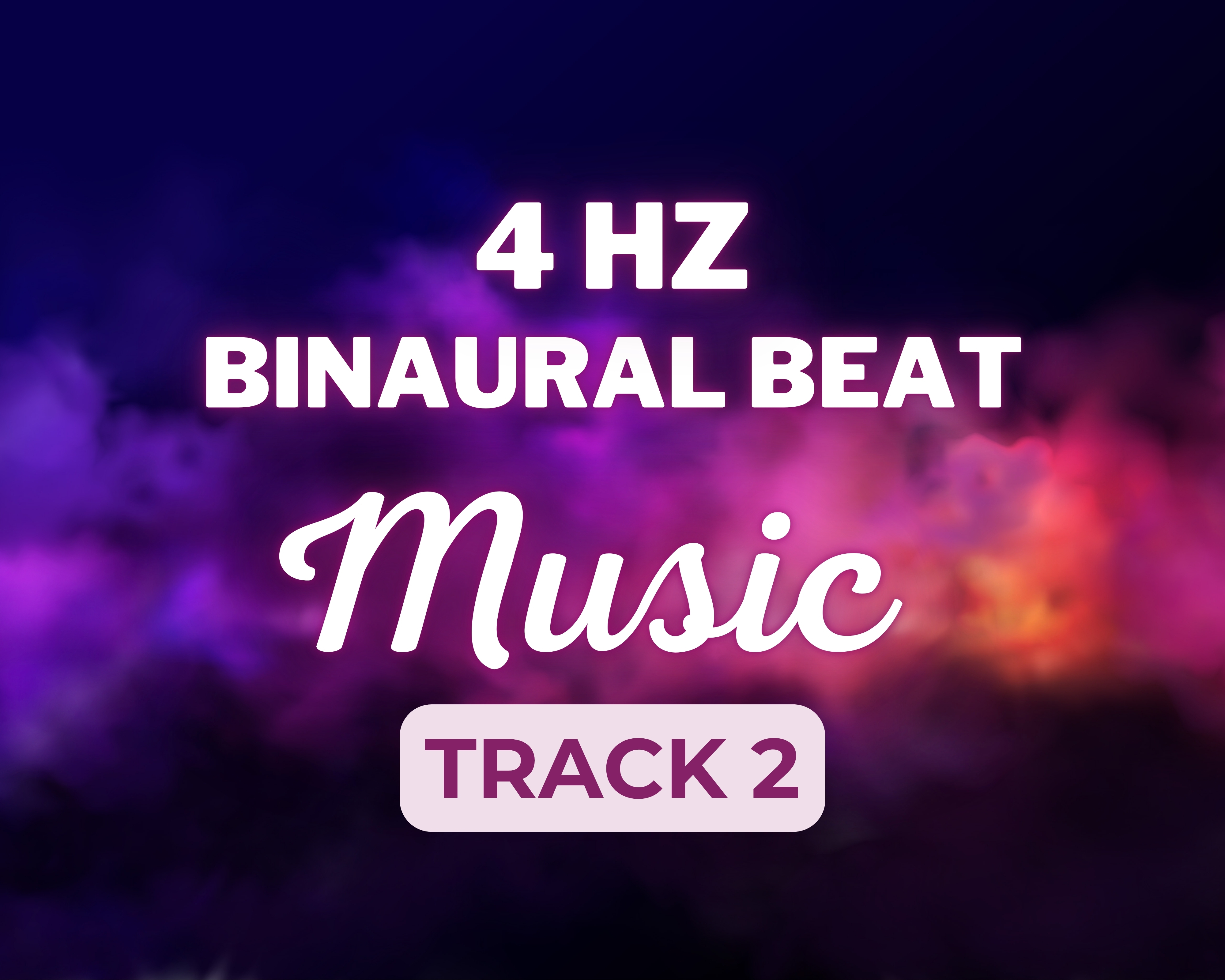
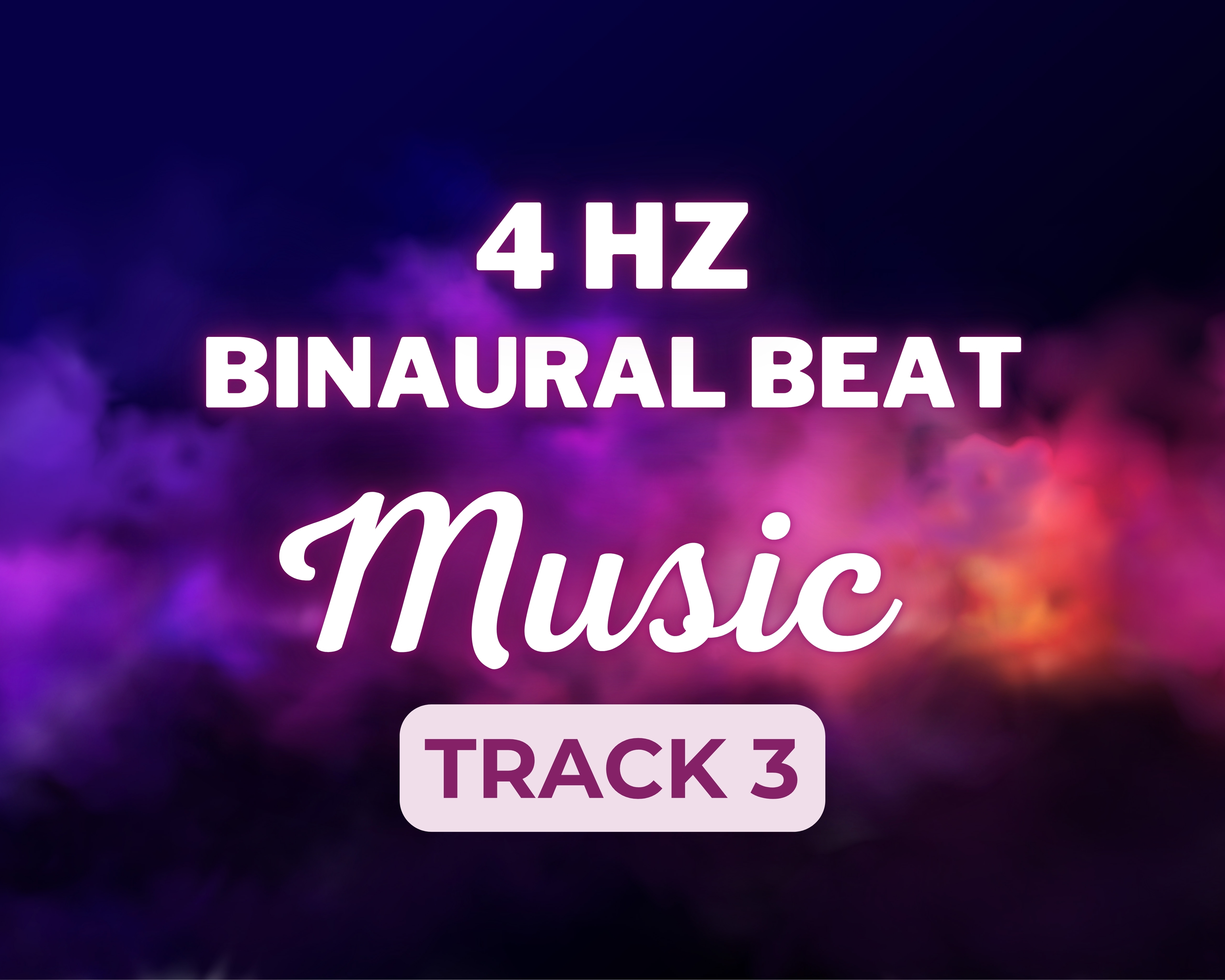
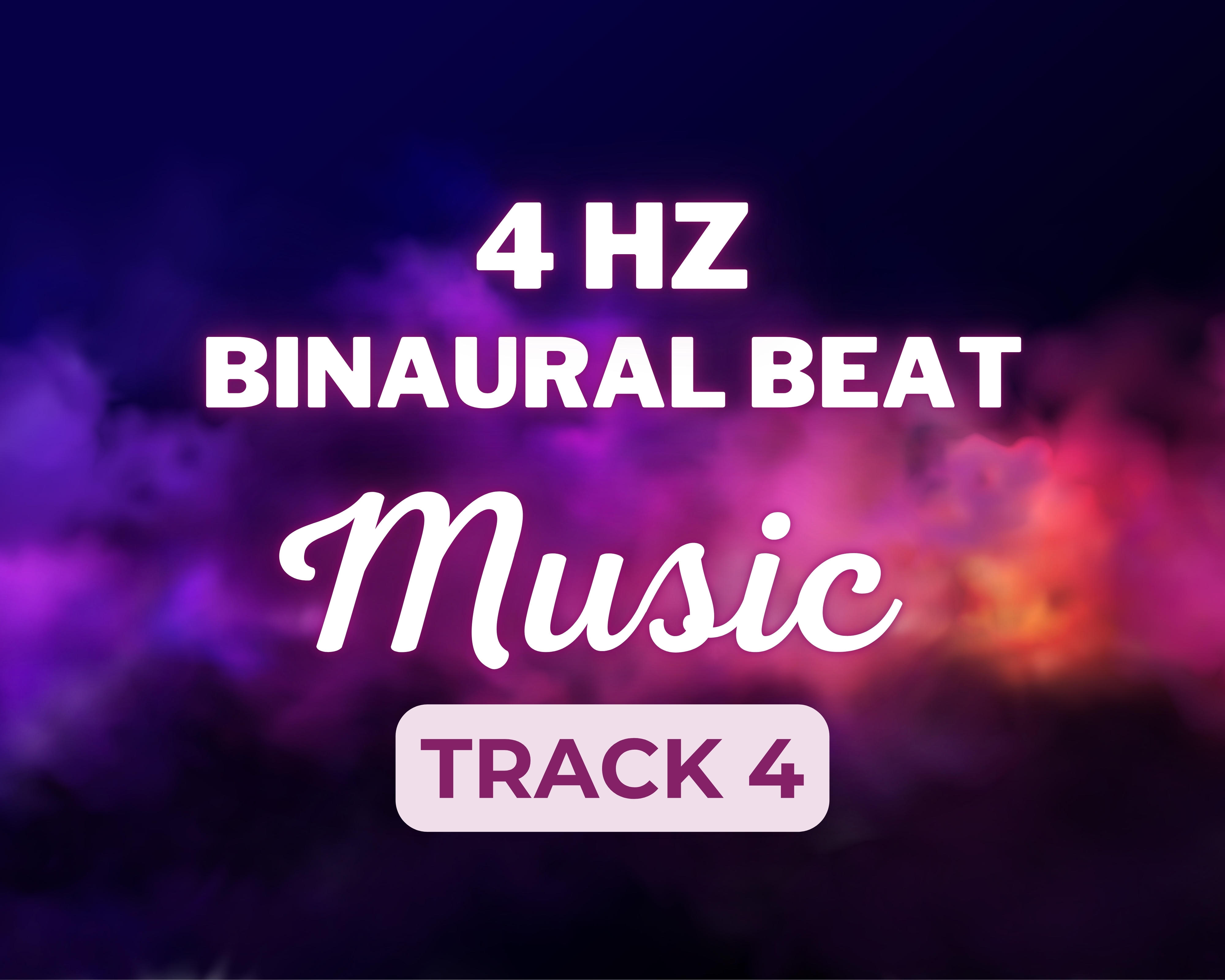
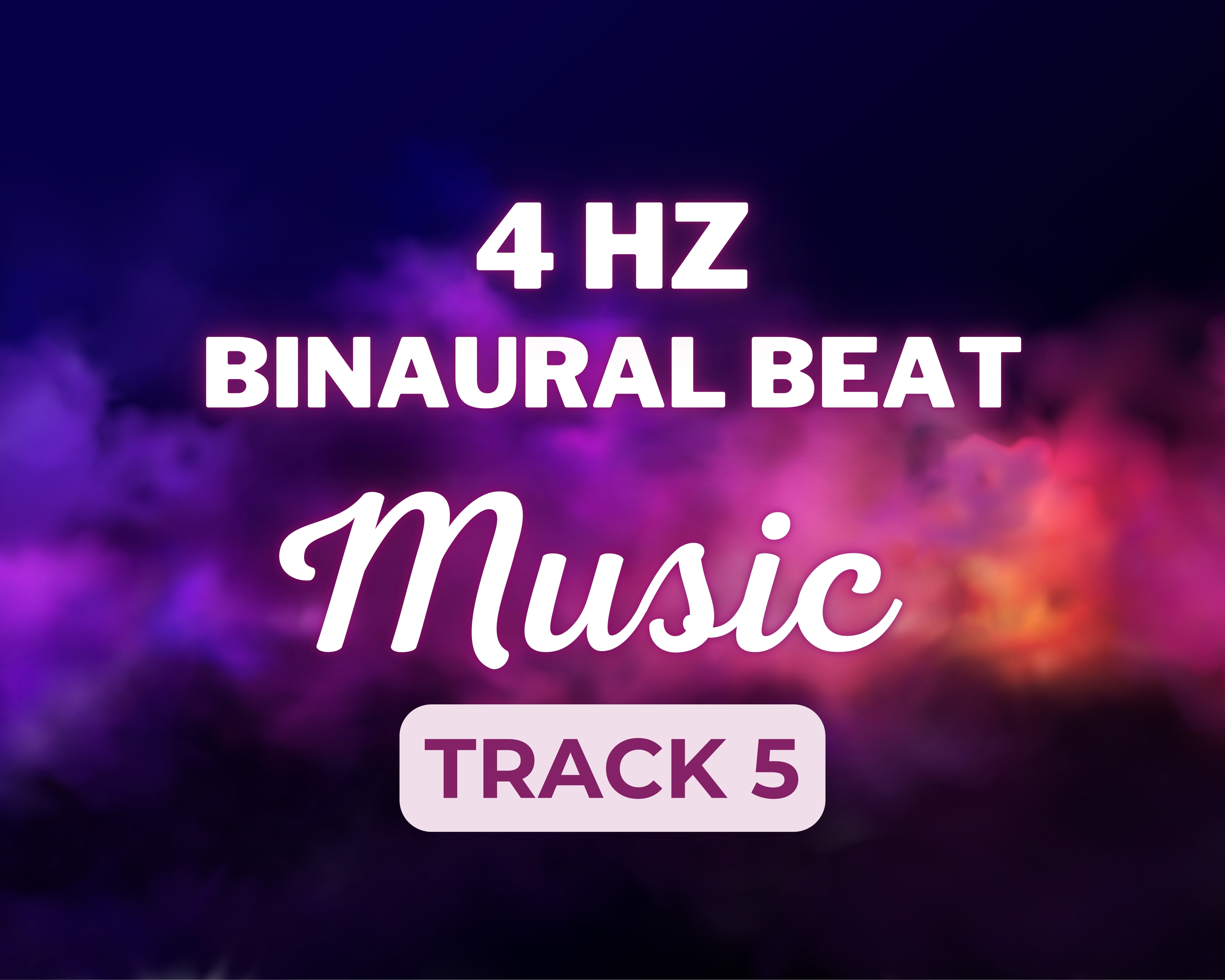
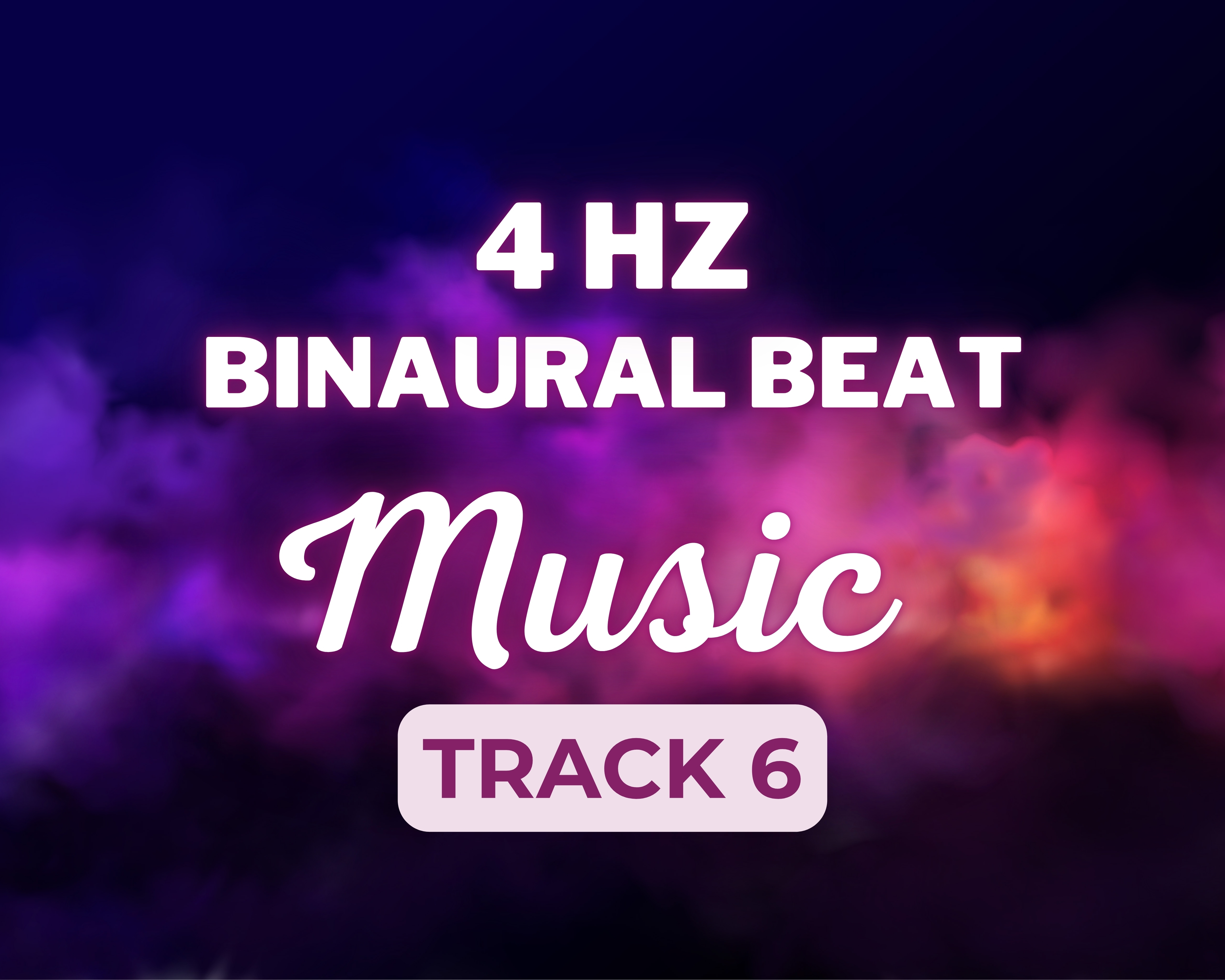
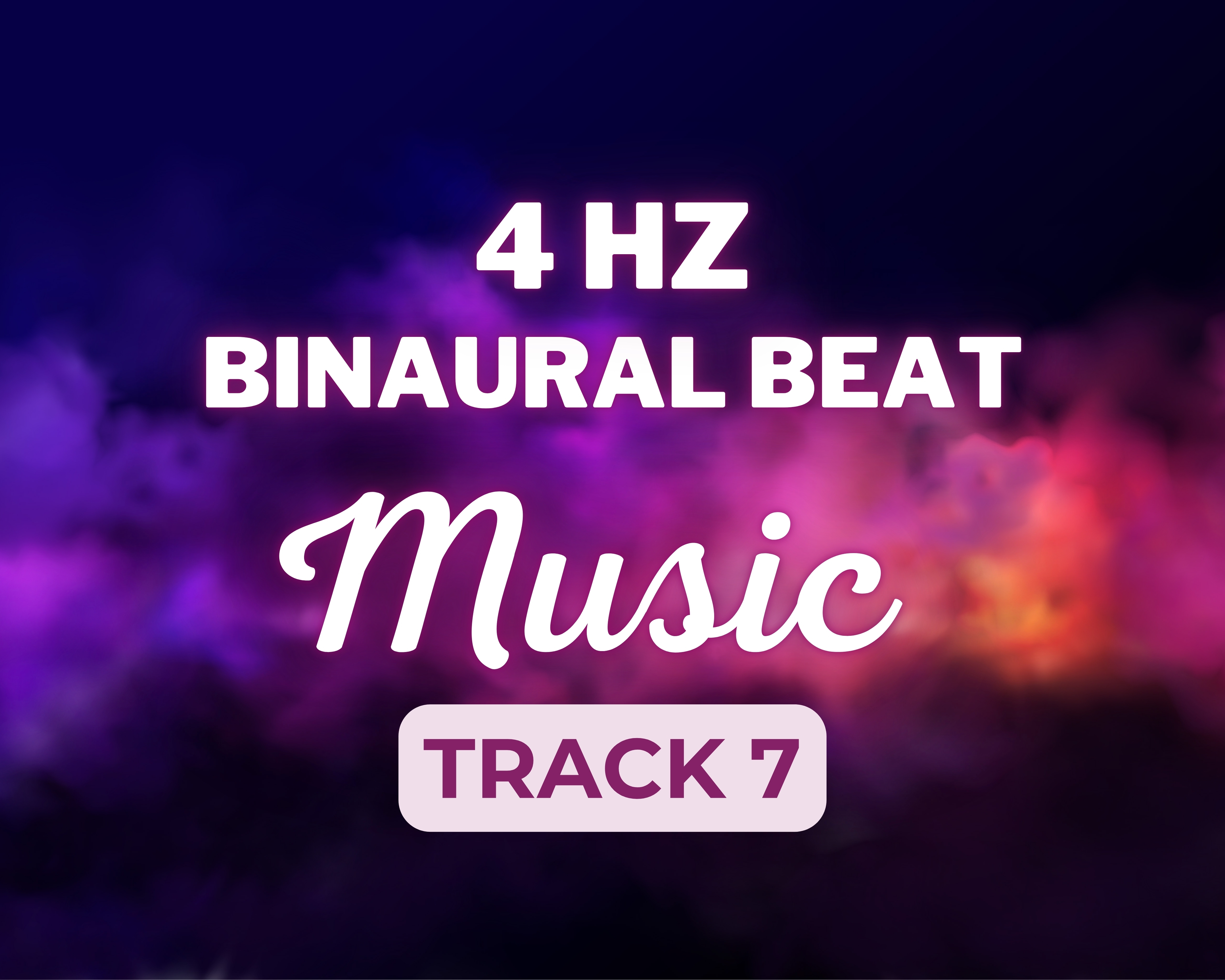
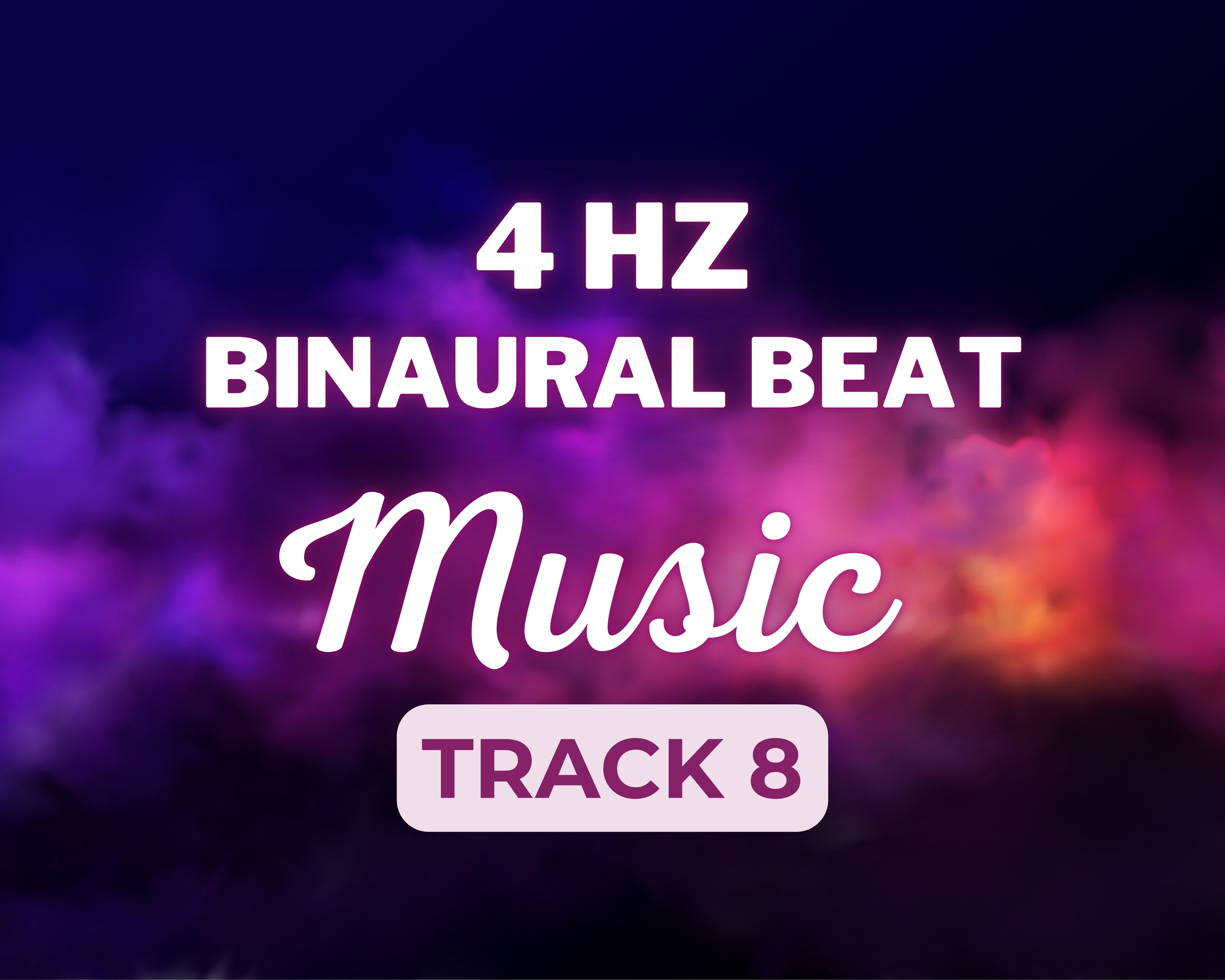
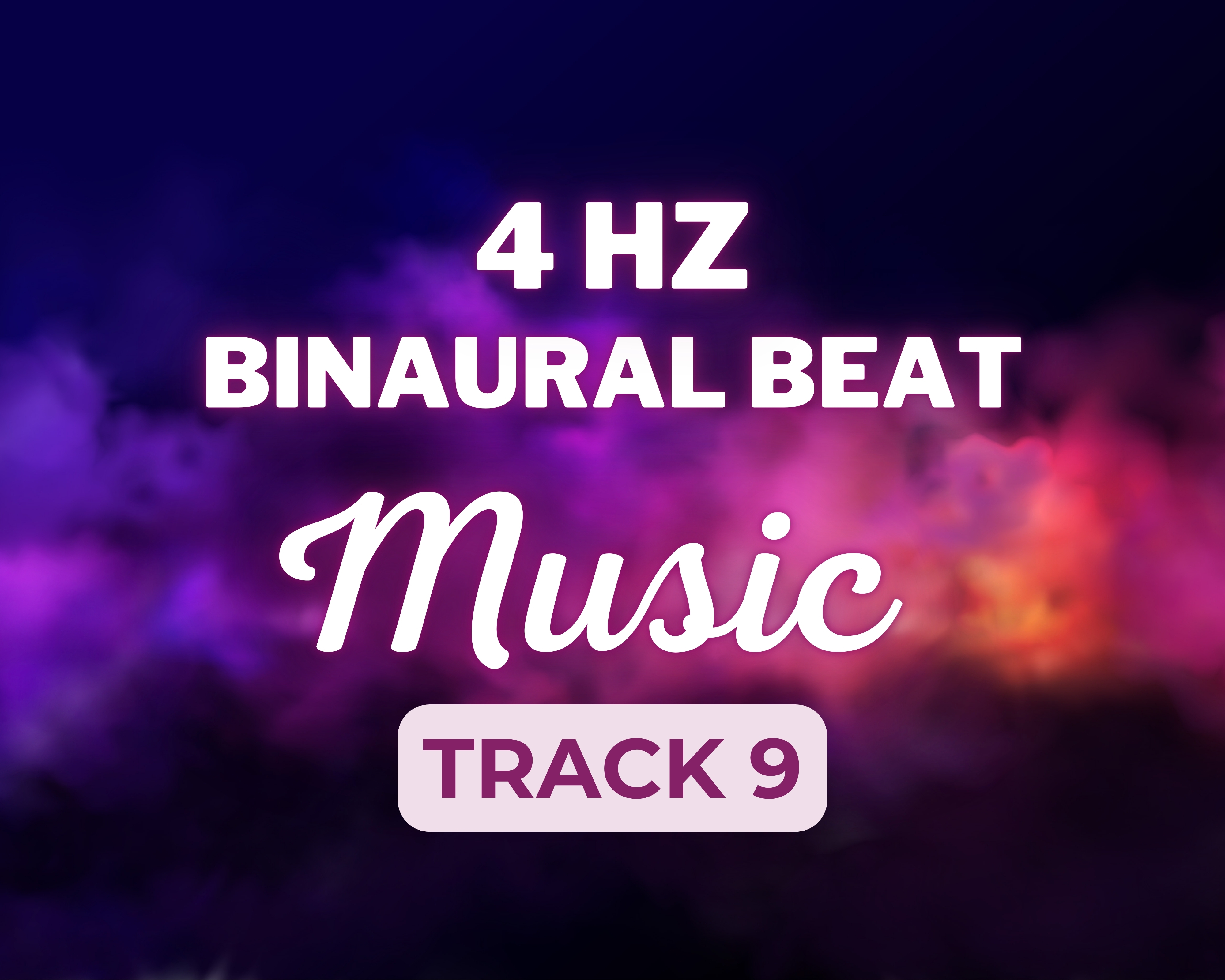
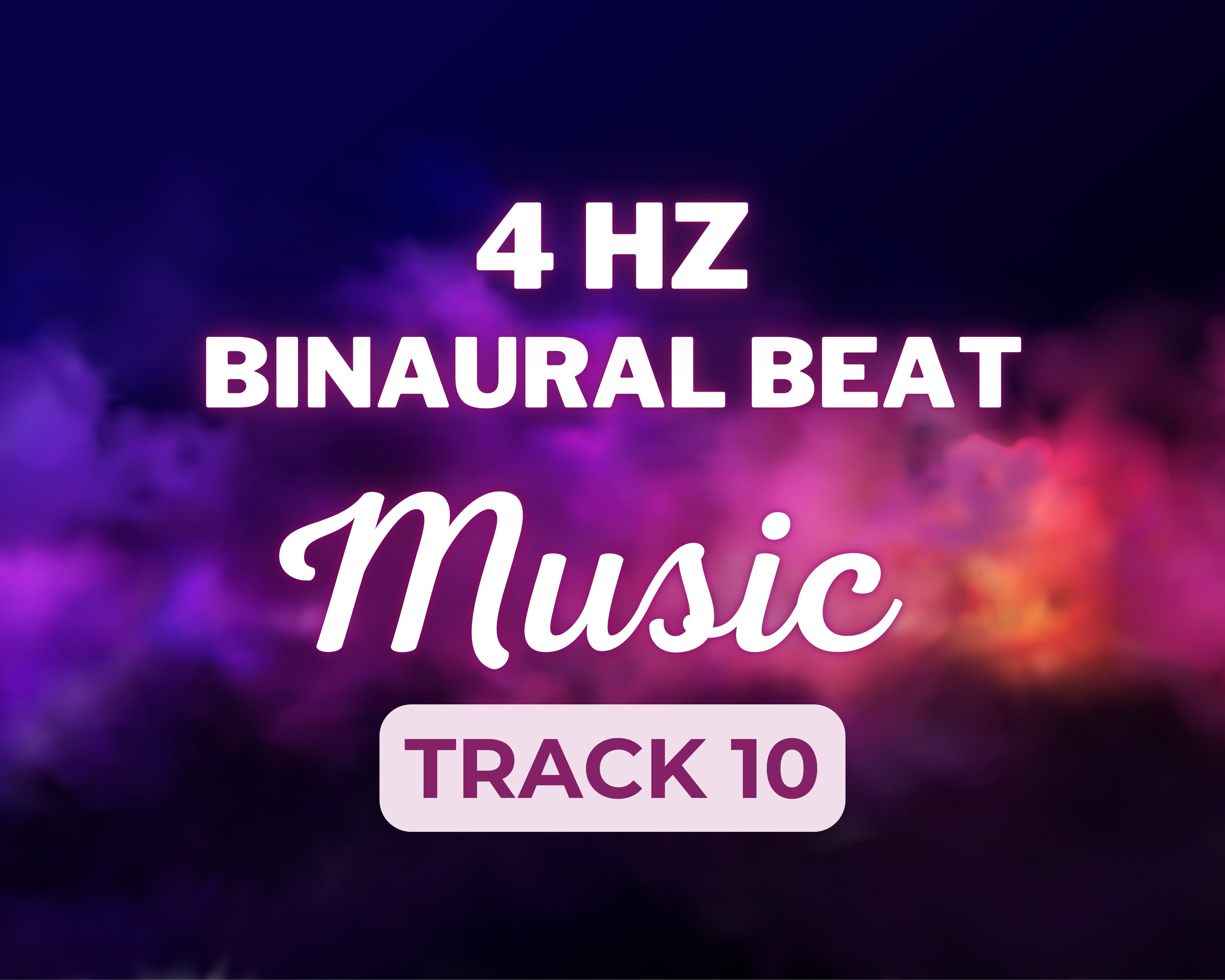
4 Hz Isochronic Tone
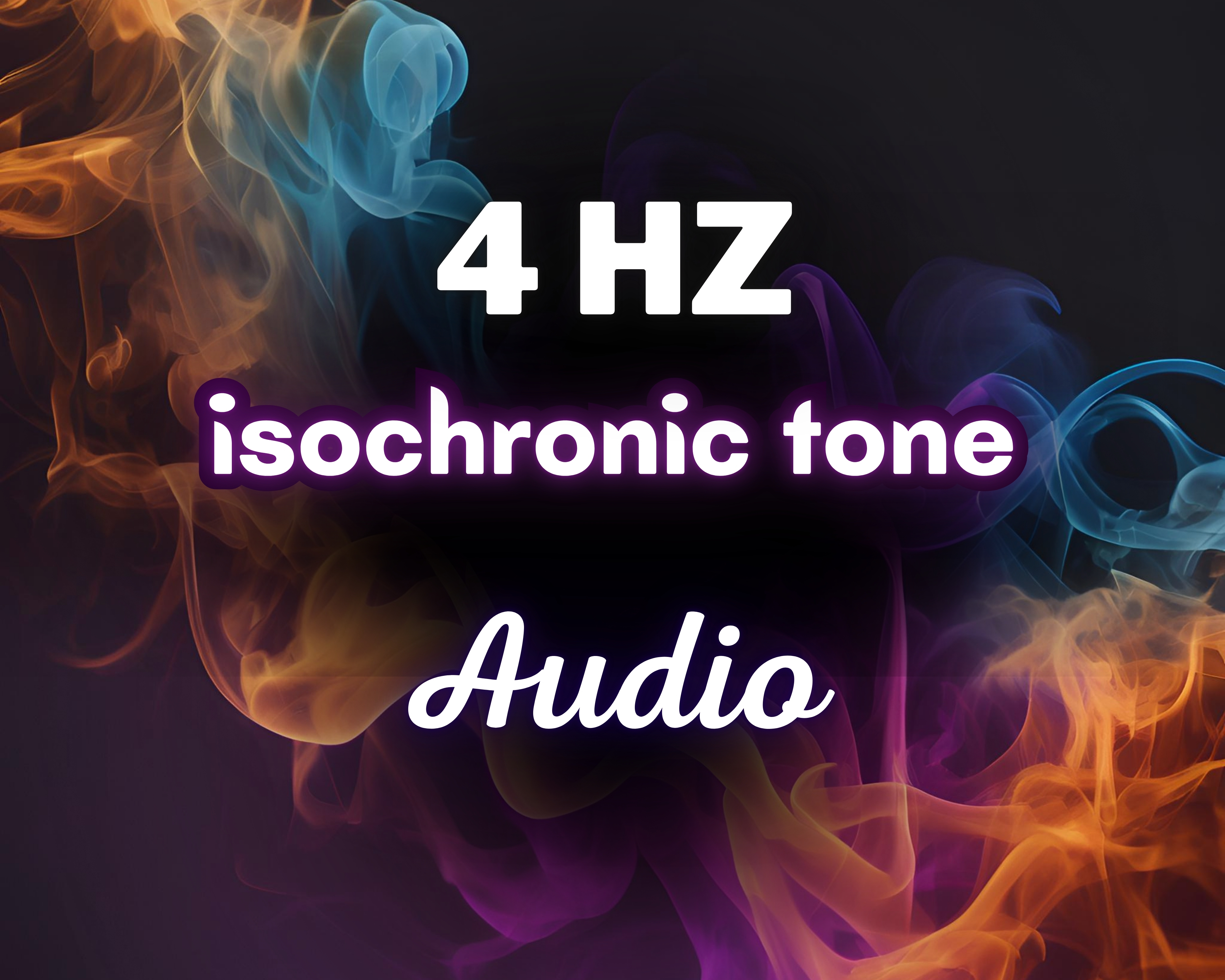
What are Isochronic Tones?
Isochronic tones are a type of brainwave entrainment audio designed to help improve focus, relaxation, or sleep by guiding the brain into specific mental states.
Unlike binaural beats, which require headphones, isochronic tones are evenly spaced pulses of sound that don’t need headphones to be effective. Each pulse is set at a specific frequency that corresponds to the brainwave state being targeted.
They are a versatile tool for meditation, study, or stress relief depending on the frequency you listen to.
Want more?
Get the Binaural Beats Mega Bundle with 160 downloadable binaural beat audio files.
How do binaural beats work?
Our brains tend to play monkey-see-monkey-do with the stimuli around us. Whether that is a strobing light, a beating heart, a pulsing tone, or a binaural beat.
When you listen to a binaural beat (with headphones) a different frequency will play in your right and left ear. For example, 100 Hz in your right + 104 Hz in your left. Your brain interprets the 4 Hz difference between the two and begins to sync up with that frequency. In theory, this delivers the benefits associated with that frequency and brainwave range.
